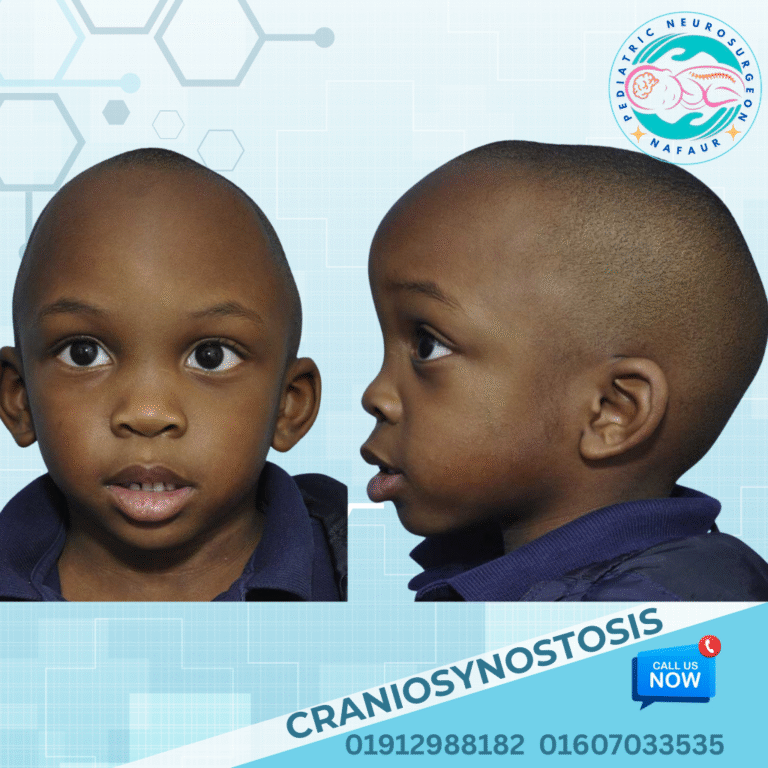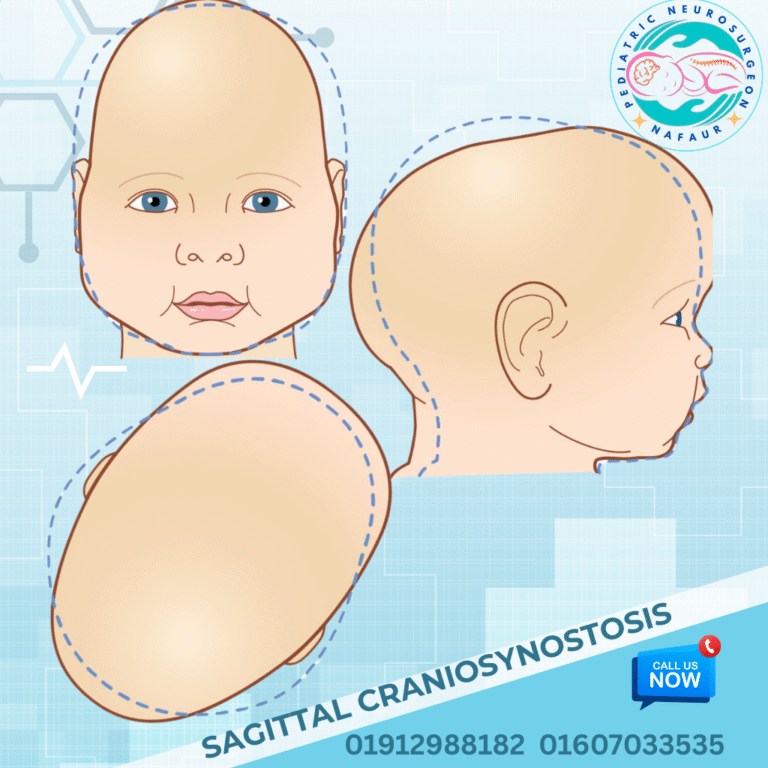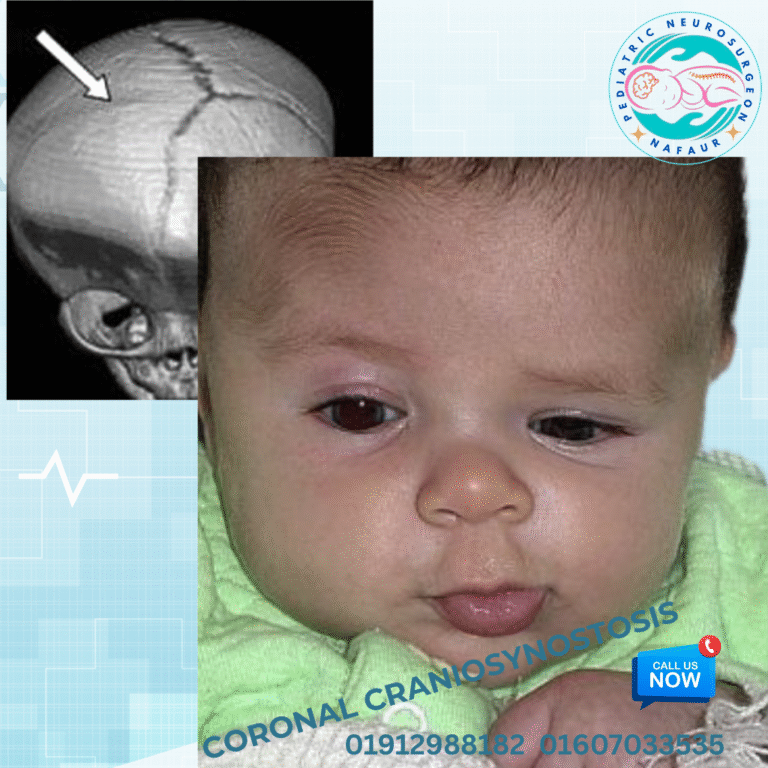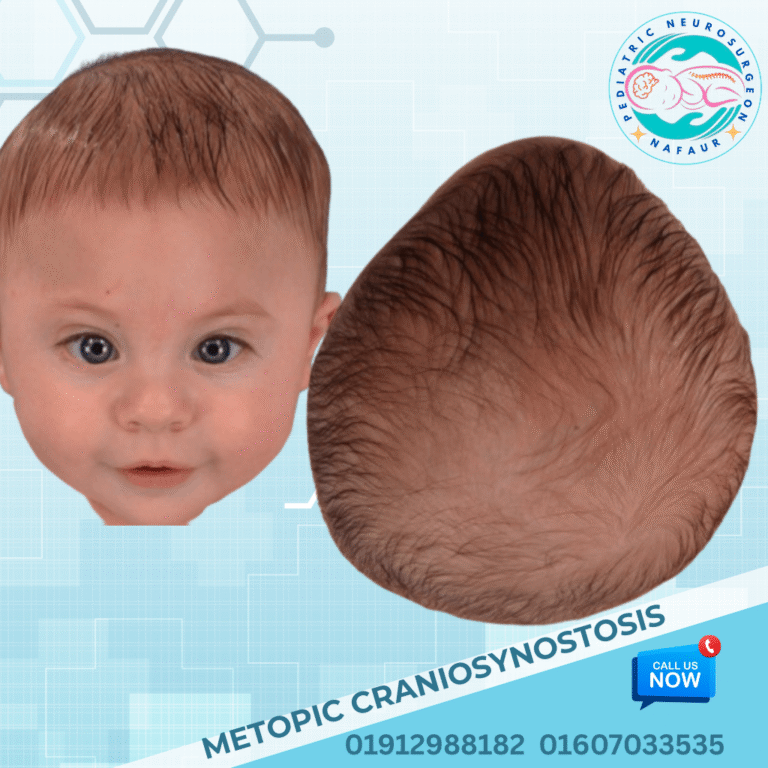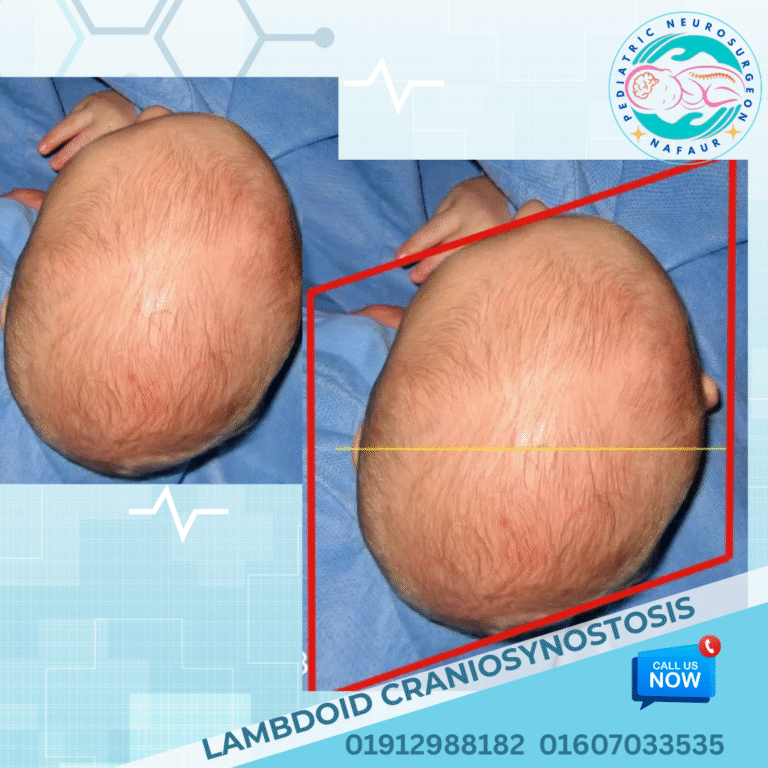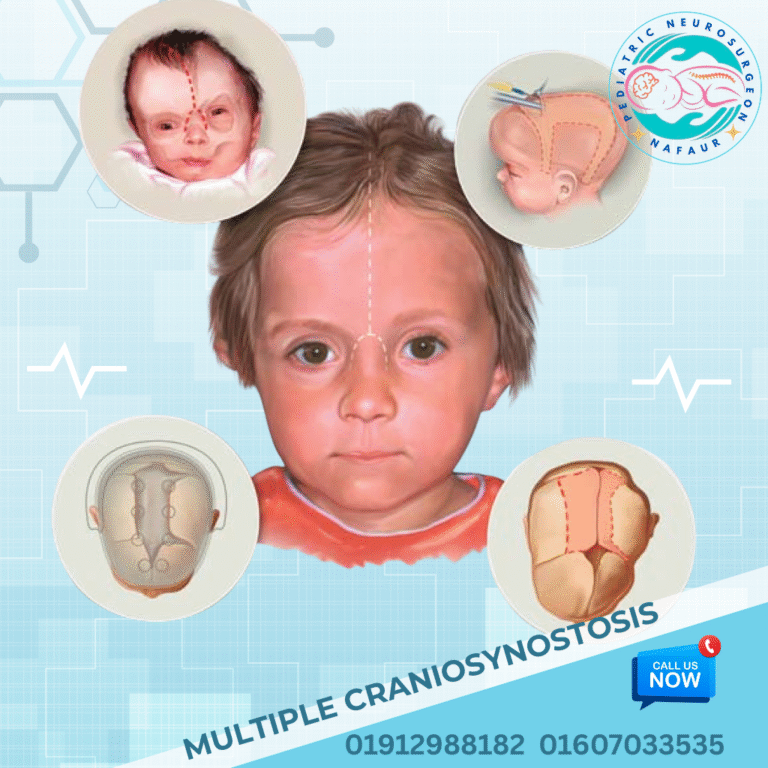Craniosynostosis
Cranosynostosis
Craniosynostosis is a congenital condition where one or more of the sutures (joints) in a baby’s skull close too early—before the brain is fully developed. This premature fusion results in abnormal skull shape and can cause increased intracranial pressure, delayed brain development, and in some cases, vision and cognitive issues.
In the Bangladesh context, craniosynostosis often goes undiagnosed until visible deformities appear, due to lack of early neonatal screening and awareness among general physicians. Early surgical intervention significantly improves both appearance and neurological development, making timely referral essential.
🩺 Types of Craniosynostosis
The type depends on which skull suture closes early:
Sagittal Synostosis (Scaphocephaly) – Most common; results in long, narrow head
Coronal Synostosis (Anterior Plagiocephaly) – Can affect one or both sides; leads to asymmetry
Metopic Synostosis (Trigonocephaly) – Triangle-shaped forehead; can affect brain development
Lambdoid Synostosis – Rare; results in flattening of the back of the head
Multiple Suture Synostosis – Often associated with genetic syndromes
Each type requires a specific surgical plan, and Dr. Md. Nafaur Rahman customizes treatment based on CT scans, 3D imaging, and developmental assessments.
📉 Symptoms and Clinical Features
Craniosynostosis may present with:
Abnormally shaped head or skull asymmetry
Raised ridges over fused sutures
No “soft spot” (fontanelle) or very small fontanelle
Slow or no growth in head circumference
Bulging eyes (increased ICP)
Irritability, vomiting, developmental delays, or seizures (in severe cases)
Early signs are often missed in Bangladesh due to lack of regular pediatric checkups. Education for parents and general practitioners is critical to improve early diagnosis.
🧪 Diagnosis
Accurate diagnosis is based on:
Clinical skull examination
Head circumference charting
3D CT scan of the skull – to confirm suture fusion
MRI (if needed) – to assess brain growth and structure
Dr. Nafaur emphasizes the role of neonatal head shape monitoring as part of routine pediatric care in Bangladesh.
🔧 Surgical Treatment of Craniosynostosis
Surgery is the only effective treatment to correct skull shape and allow the brain to grow properly. The ideal time for surgery is usually between 3 to 18 months of age.
🧠 Key Surgical Techniques:
✅ Open Cranial Vault Remodeling
Traditional but effective
Reshapes the skull using bone grafting
Preferred for older children or complex cases
✅ Minimally Invasive Endoscopic Surgery
Best for infants under 6 months
Small incisions with quicker recovery
May require postoperative helmet therapy
✅ Spring-assisted or Distraction Osteogenesis Techniques
Useful for progressive reshaping over time
Suitable for certain types like sagittal synostosis
“When done early, craniosynostosis surgery can normalize both skull shape and brain growth — giving the child a fair chance at life.” — Dr. Md. Nafaur Rahman
🧒 Postoperative Care and Monitoring
Dr. Nafaur and his multidisciplinary team ensure:
Pain-free recovery in child-friendly ICU
Antibiotics and wound care
Follow-up imaging to track skull growth
Developmental milestone monitoring
Counseling on helmet therapy, if prescribed
Long-term support is essential for children with associated genetic syndromes or delayed development.
🔎 Craniosynostosis in Bangladesh – A Growing Concern


Common Type of Craniosynostosis
